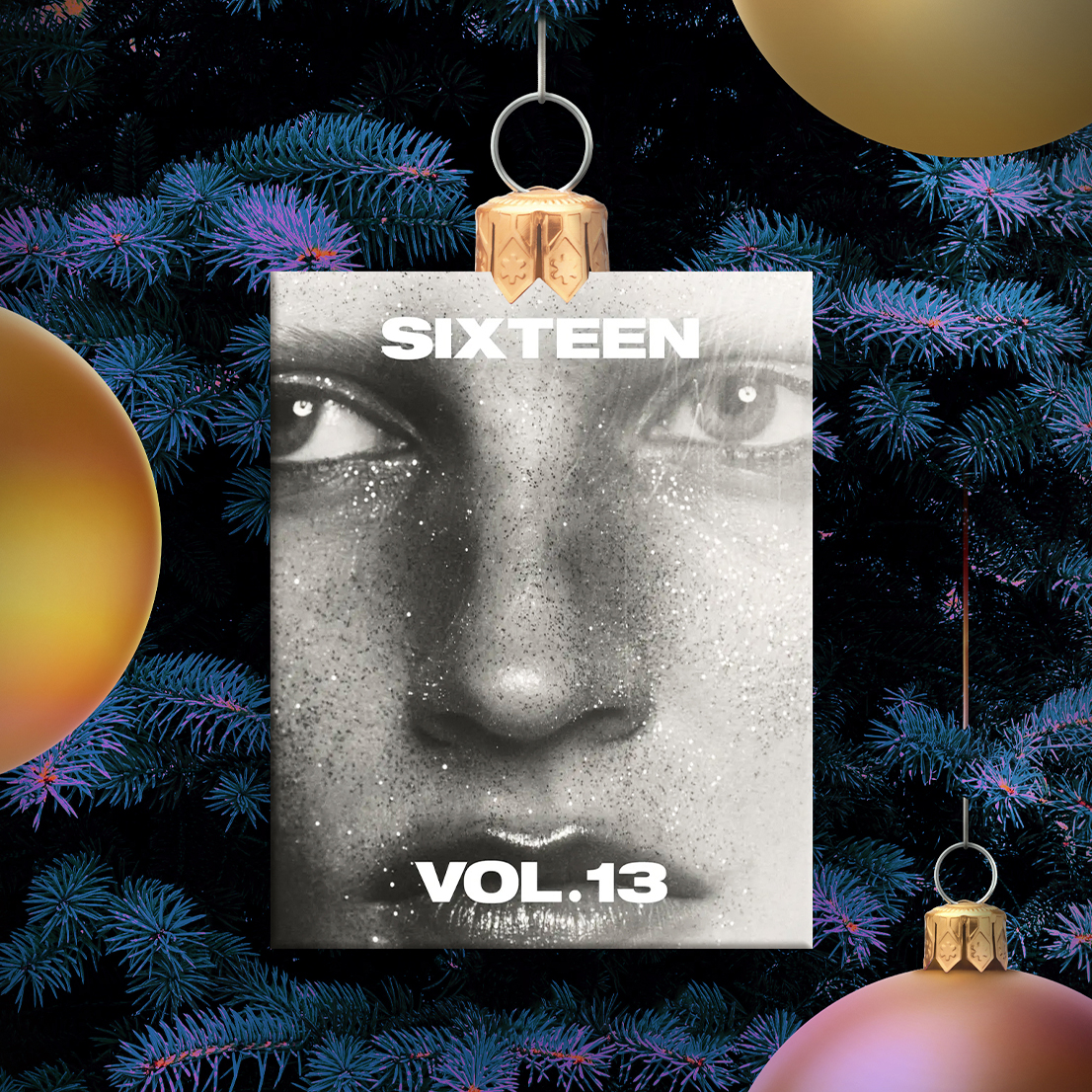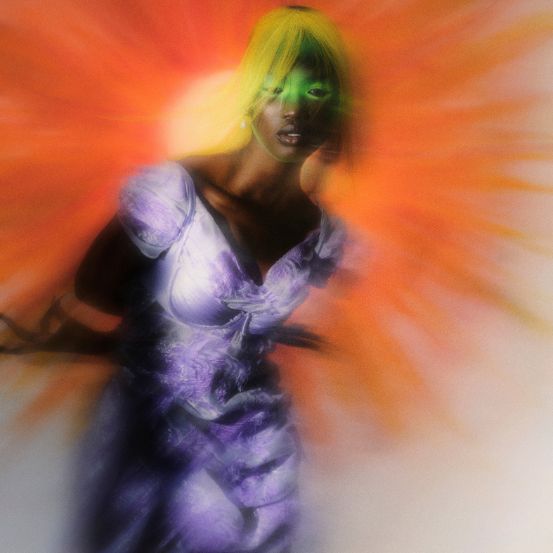Dare alla Luce, the series of photographs by artist Amy Friend, lives between presence and absence, enveloped in an aura that captures nostalgia through points of light and photographs of distant subjects, but at the same time so close.
“In a way, I feel like I’m collaborating with photographers and subjects I’ll never meet, sharing their world with mine. Yet, even with what is present, much is absent, highlighting what is actually captured the fullness of our lives. These images are relics, fossils, mysteries—threads that connect us to the past and to each other, yet they are also distant, incomplete, and not entirely ours.” Amy Friend's words about her art show generosity and, above all, the certainty that the photographs she uses of unknown individuals are in good hands. Vogue Portugal spoke to the artist about this very special project that emerges in the beauty and the unknown of memories.
How did you become an artist and, more specifically, how did your relationship with photography come about?
When I reflect on how I became an artist, I often return to my roots. Growing up in a small, predominantly immigrant neighborhood on the outskirts of Windsor, Ontario, a border town near Detroit, Michigan, I was immersed in various narratives. My heritage—Italian, Scottish, and Norwegian—provided me with an abundance of stories from the past, many of which have influenced my artistic perspective. I also recognize a creative thread running through my family. My Italian grandfather built a completely round house, a fascinating home that sparked my imagination and offered a unique environment where creativity thrived. This unusual setting, combined with personal experiences and familial materials, laid the foundation for my artistic practice, shaping my ideas, methods, and outcomes in profound ways. Photography was also omnipresent in my home; my mother frequently captured family moments on film [...] . At the time I was not aware of how important seeing her do this was, but I know it instilled an early appreciation for the medium and for storytelling. Somewhere along the line, my parents gifted me a small point-and-shoot camera that prompted me to venture [...] capturing the world through my eyes. I still have some of those first photographs I even shot. As a young adult I changed course and pursued formal studies in painting however, everything changed when I entered the darkroom for the first time. The alchemy of developing photographs fascinated me; the way images emerged from the shadows felt magical and transformative. This experience solidified my love for photography, ultimately steering my artistic journey toward the medium that now defines my work.
I read that your aim is to use photography as a means of exploring the relationship between what is visible and what is not. Can you tell us about this idea?
Photography, by nature, is a medium rooted in visibility— typically capturing what’s in front of the lens. But I’m rather fascinated by its limitations, by how much remains unseen or unspoken despite an image’s apparent rendering of reality. There is a tension that exists in the medium and that tension is what I explore. I’m interested in what can’t be easily captured—the emotional, spiritual, or deeply personal experiences that defy representation. In many ways, my processes are about interrogating what we see in the images before us. I want to show that even though a photograph provides something visible or tangible, it’s never the full story. There’s always something more beyond image, something invisible yet profoundly felt. It’s this constant interplay—between seeing and not seeing, the visible and the invisible—that has kept me engaged with photography and continues to influence my creative thinking and approach to its possibilities.
What was your creative process like on Dare alla Luce?
The creative process for the Dare alla Luce series began during intimate conversations with my Nonna as we looked through our family’s old albums. As she shared memories—of her homeland, weddings, wartime, and everyday moments—there were instances when she would forget a name or detail, and I became fascinated by this slippage of memory. It made me reflect on the nature of photographs: what meaning do they hold when much of their story is lost, and how do they shape our understanding of the world? Rather than working with my own family’s images, I decided to collect vernacular photographs from a range of sources. Through various studio experiments, that initially included embroidering on the images, I developed the technique of hand-piercing the photos, allowing light to pass through them. This process created a literal and symbolic interplay between visibility and invisibility, adding new layers of meaning. The title, Dare alla Luce, which means “to bring to the light” in Italian, evokes this transformation. Photography, after all, is born from light, and I see these images as continually reborn as we reinterpret them over time. The project spanned several years, and I spent much of that time immersed in the abundance of photographs I found—considering the act of collecting and its influence on my creative process. I became intrigued by the mystery of identity in these found photos, as they offered glimpses into familiar and distant worlds, but also left vast gaps in what was recorded. [...] As I worked, I titled the pieces based on any existing notations on the images, but in cases where there were none, I created my own titles—sometimes even fabricating them to challenge viewers to question what’s important in understanding these lost photographs. This work operates on multiple levels: it engages with the language of photography and explores the overwhelming flood of imagery that saturates our world. Ultimately, these collected photos are fragments—snapshots of lives with much of their provenance missing. They invite us to stop and reflect on moments of beauty, mystery, nostalgia, and solitude.
The people represented are a mystery to you, something that aligns perfectly with the theme of this issue of Vogue Portugal. What attracts you to these photographs?
The vernacular photos I choose for my work come to me for many reasons, driven by chance or availability and eventually selection. Sometimes an image resonates with me because it mirrors a part of my own life or reminds me of stories shared by others. Other times, I find myself drawn to imagining the interaction between the photographer and their subject, or the environment in which the image was taken. There's an energy that some photographs carry, a kind of silent exchange where the image looks outward at you as you look back at it, creating a connection that’s hard to resist.
Some images are so beautifully composed that I find myself wishing I had been the one to take them, and in that moment, it feels like a collaboration between myself and the unknown photographer – a collaboration with time, place and humanity. The mystery in these photos is palpable—at times - singular people without context, no names, no stories. Who were they? Where did they live? Who once loved them? And why have their photos ended up for sale online or in flea markets? There's an intimacy in this mystery, a reimagining of lives based on fragments. This magpie-like collection of images becomes a new vernacular family album, but as with all collections, it is incomplete. Many groups and demographics are missing, left out of this visual narrative, again referencing the complex nature of photography itself—what is shown and what remains hidden, unrecorded, or forgotten.
There's almost an unsettling element to these images, so deep and close, but at the same time unknown and with a great sense of nostalgia…
I believe there is a tension between familiarity and distance. On one hand, these photographs feel profound and intimate [...] but at the same time, they are unknown to us; the people and places depicted are mysteries. That combination of proximity and detachment creates an unease, almost like we’re looking into a personal history that we were not invited to witness. In today’s digital world, where we share and store images mostly on screens, these physical photos are remnants of a different era. They exist in a way digital images don’t, with a weight and presence that’s hard to ignore. It’s as if they’re a kind of “graveyard of photographs,” relics of lives once lived but now forgotten. When you hold them, you can’t escape the fact that these images have traveled through time. There’s also a deep sense of nostalgia tied to these images, reminiscent of family albums—a tradition that is fading as fewer people print photos or create albums. These photos feel like windows into a time when capturing memories meant something different as a tactile ritual that brought people together through the act of looking and speaking with each flip of an albums page. They remind us not only of what’s been preserved but also of what’s been lost, both in the photos themselves and in our relationship with photography.
It must be interesting to establish such a deep connection with people you don't know, but who are now certainly part of your life.
This question made me smile. I often think about what these “unknown” individuals might think if they knew how I handled their images. They seem like characters in an unwritten novel, even though their stories are already part of the past. I’m intrigued by them, yet aware that I will never truly know their lives, which fuels my imagination. It’s similar to falling in love with a character from a movie or a book—you connect for reasons unique to you. Through my relationship with these photographs, I’m able to share “the somethings of our lives” the little mysteries we all are and thus create a bridge between our worlds.
There is a sense of infinitude in these images. The small holes open the way to the infinity of time and memories, but they also leave an empty and mysterious space...
By allowing light to pass through, these punctures act as portals, leading beyond the surface of the image and inviting us to think not just about the captured moment, but about the infinite layers of time and memory beyond it. Each hole represents both an entryway and a void—an opening to endless possibilities of what was, what could have been, or what is now lost. These gaps mirror the unknown stories behind the photographs, reminding us that no image can fully capture the complexity of life. The emptiness they create isn’t just a void but an invitation to imagine and fill the space with our own thoughts and interpretations. In this way, the images become infinite—connected to the past while offering endless new meanings as we engage with them, balancing what is seen with what remains unseen, creating both mystery and timelessness. The light from the perforations is also like stars: we see what is no longer there.
Since you work with themes linked to memories, is there almost a therapeutic sense in creating these pieces?
I see memory and heritage as vital threads that help us build connections with others. In this process, there is indeed a sense of healing that emerges when we recognize our individual stories as both singular and universal. Familial images serve as poignant reminders of the love (albeit complicated at times) that bind us, even amidst the gaps and absences that photographs often hold. By engaging with these themes, I find a way to honour both my personal history and the shared experiences of humanity, allowing for a deeper understanding of ourselves and each other.
Has anyone ever contacted you saying they knew someone in the photographs?
I've had one person reach out to me, saying that a photograph reminded them of a family member. We engaged in a meaningful conversation, and they expressed their excitement and emotional connection to the image. It was a wonderful exchange, even though it remained unclear whether the person in the photograph was indeed who they thought it was.
You are also a professor of Visual Arts at Brock University in Niagara, Canada. How does this experience enrich your personal art?
Teaching nudges and challenges my own creative practice, reminding me of the vital roles that curiosity and experimentation play in the creative process. We have a darkroom where I teach, and I witness the excitement of students as they watch their analogue photographs emerge on silver gelatin paper. These magical moments inspire me, as does the power of art to enhance relationships and facilitate dialogue—especially in a world where such conversations can often be difficult. My students teach me a great deal as well; photography is a medium that continually shape-shifts, challenging our perceptions of what it is, was, can be, and will be. We work as a team to tear down the expectations and traditions of the medium through active “play” which I believe is integral to learning. My students are the newest generation of emerging artists, and I am fascinated by their inventive use of the medium.
Originally translated from The Mystery Issue, published October 2024. Full credits and stories are in the print issue.
Most popular
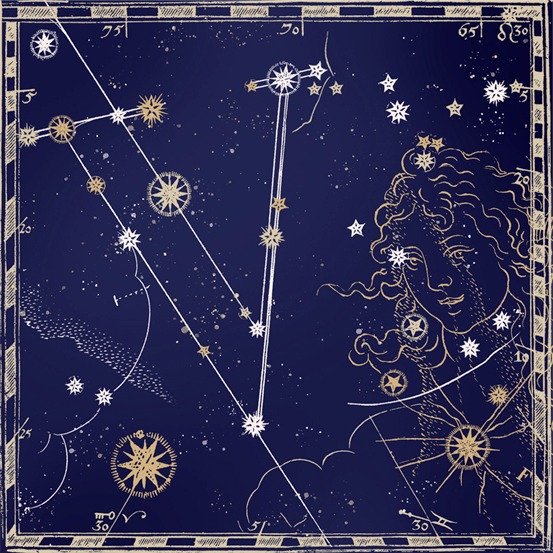
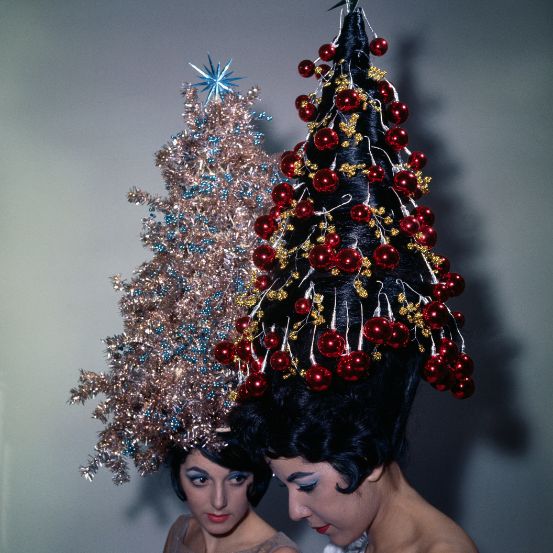


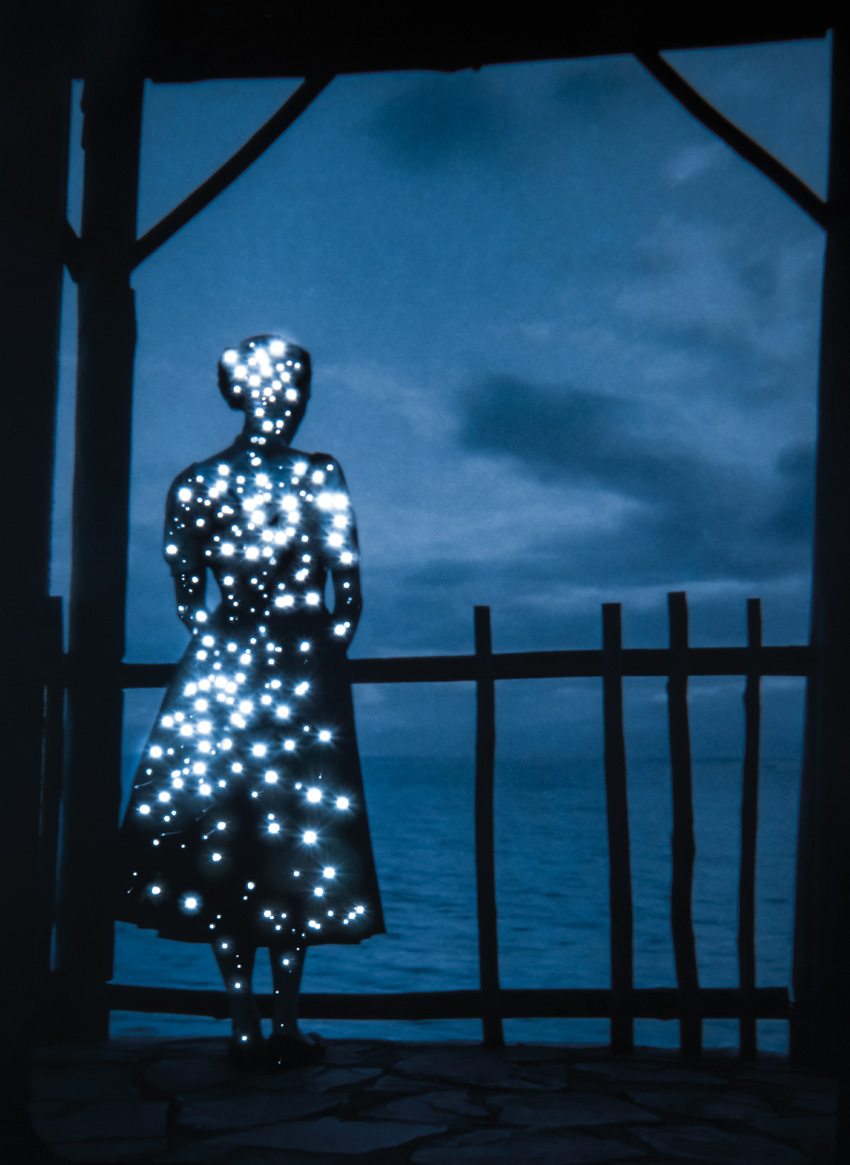
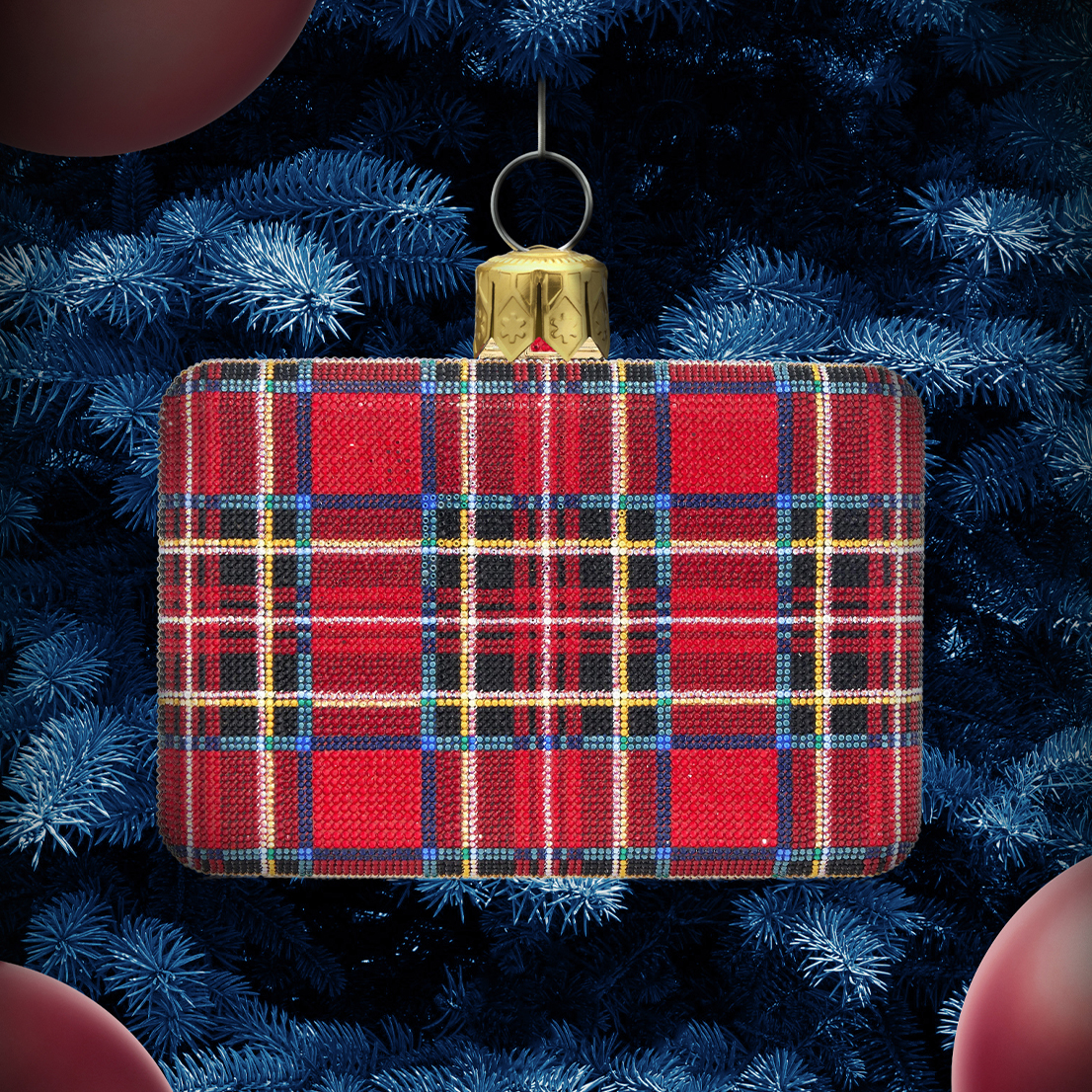
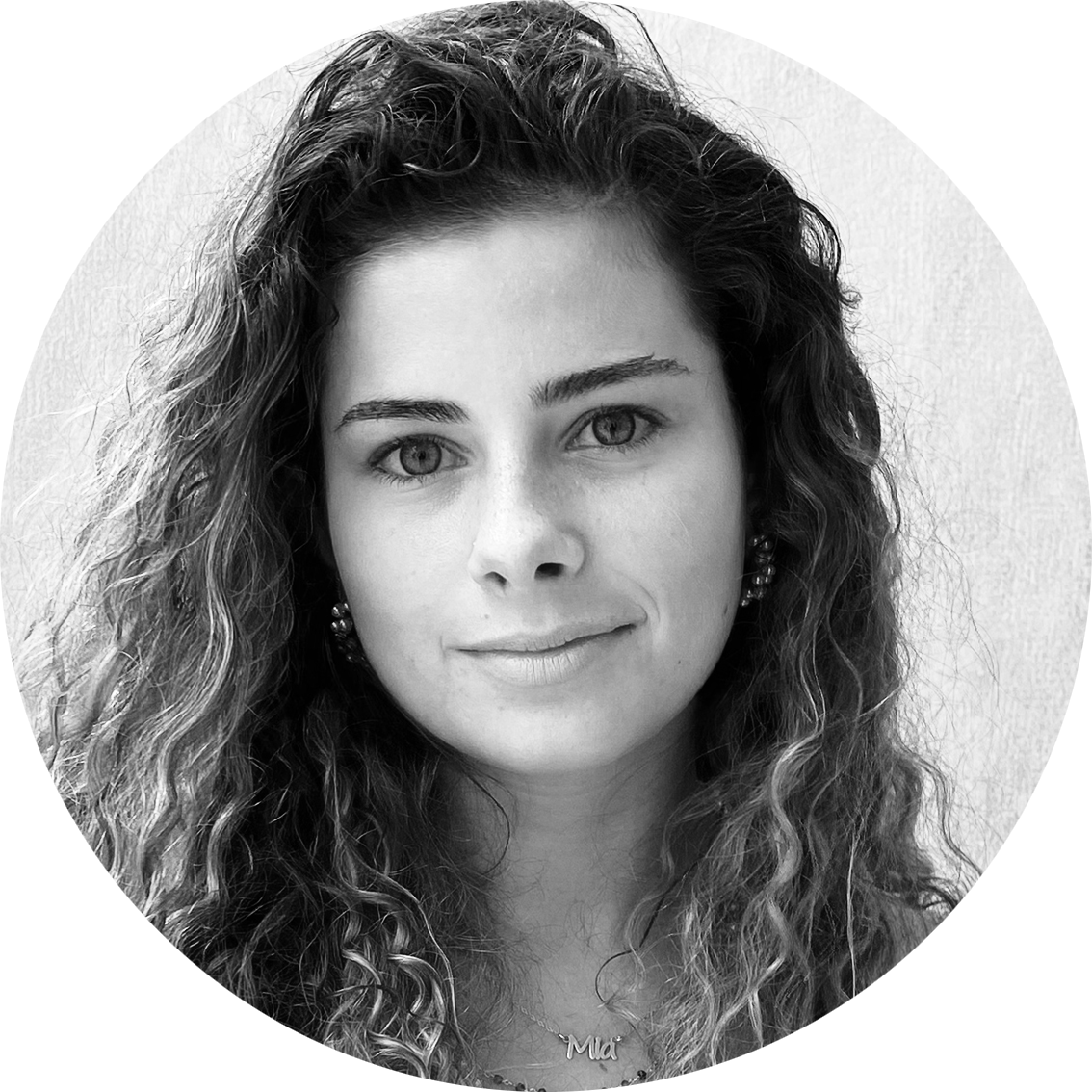
 (15).png)
